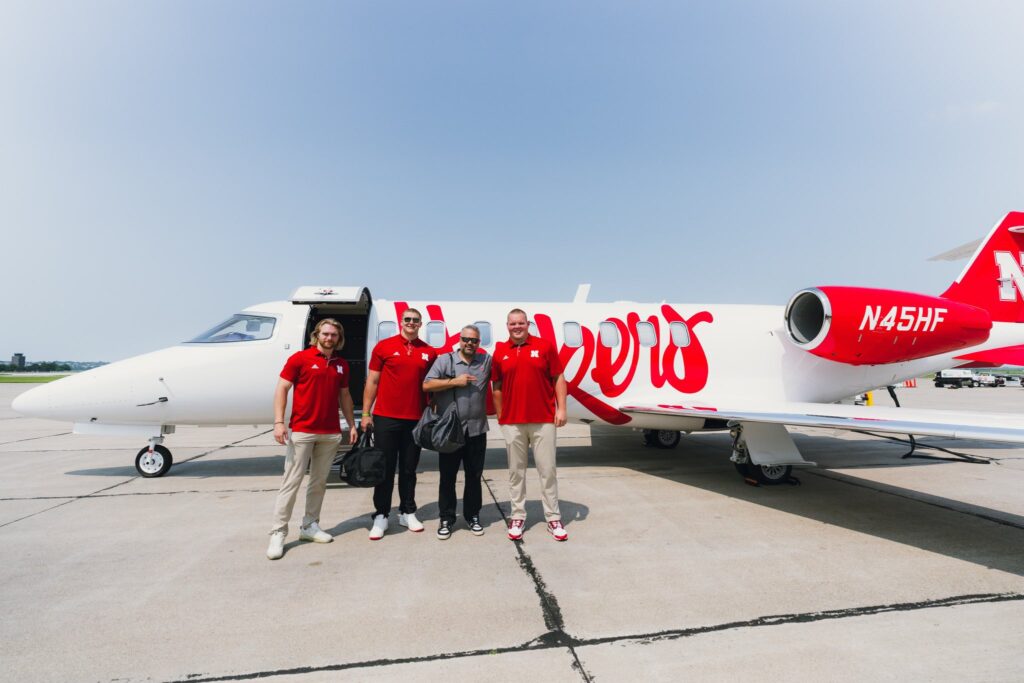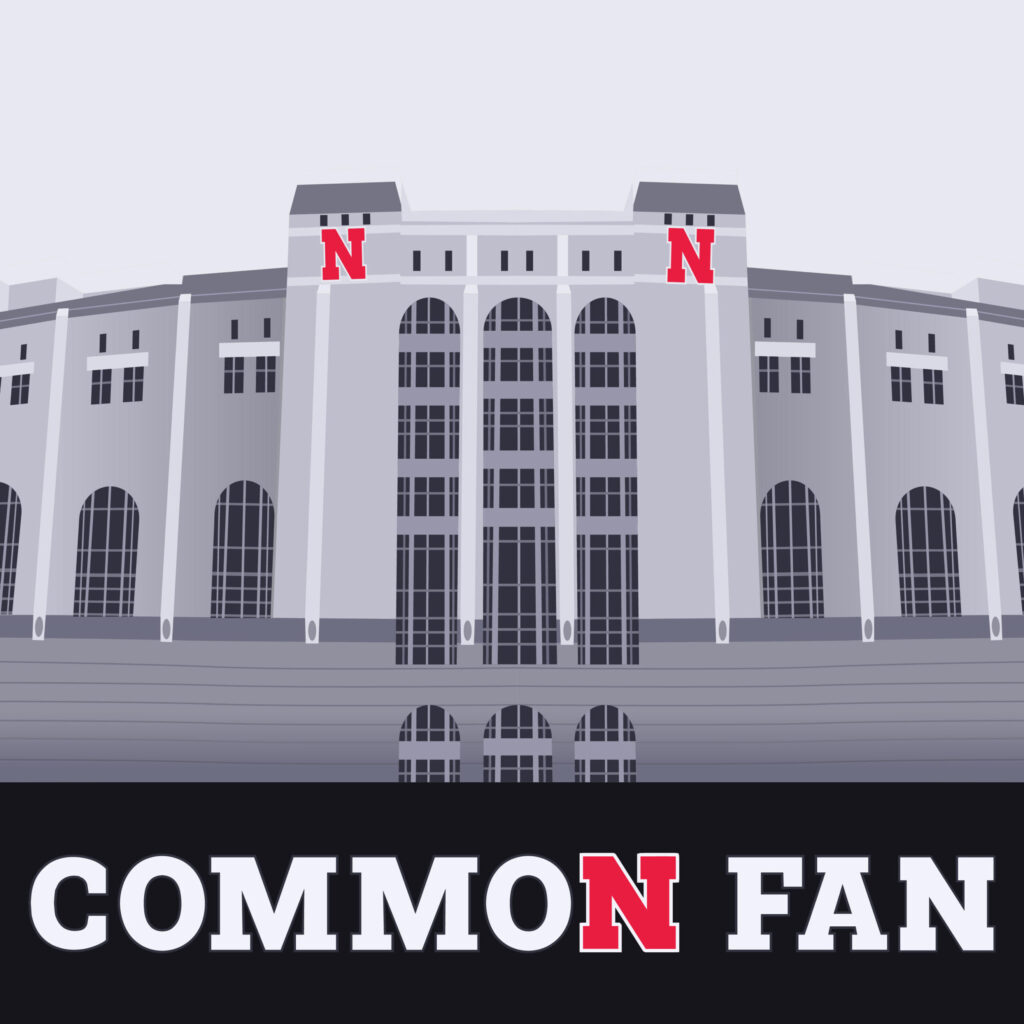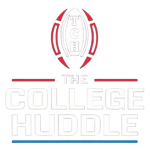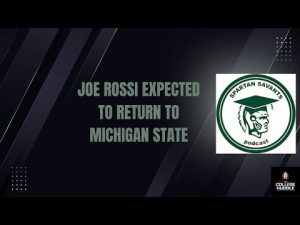
Matt Rhule
The last time Matt Rhule was a head coach in college football (before Nebraska, that is) was 2019. That’s not too long ago, but the sport has seen seismic shifts since that time. The transfer portal and players being able to profit from their name, image and likeness (NIL) were not factors yet. Texas and Oklahoma were still in the Big 12, Oregon and Washington were still in the PAC 12, and the idea of Stanford and Cal joining the ACC seemed about as likely as Tom Osborne switching to the air raid offense. Perhaps some of these major changes were being discussed, or were even visible on the horizon, but it’s a different thing entirely now that we are living through them.
And the tectonic plates are still moving. Revenue sharing–essentially, schools having the ability to pay players directly–begins in 2025. Changes to the college football playoff format are already being discussed, before the first ever 12-team playoff has even concluded. And this fall it was reported that a group of private equity investors was pitching college athletic directors on “Project Rudy,” a major realignment proposal that would turn the members of the Power Four conferences into a college football super-league. It feels like we are just at the front end of this era of massive change in college football, with no clear picture of how things will look once the dust settles (or if the dust will ever settle).
The question I find myself coming back to is this: how does Nebraska football get back to relevance–or even greatness–in this time of rapid change and uncertainty? Can it even be done? Let’s face it: no one can say for sure that they have the blueprint for how to build a consistent winner in 2025 or beyond. The teams best positioned for success seem to be 1) those who came into this era on stable footing (basically, those who were already proven winners), and 2) those with the most resources, not just for the newest and best facilities, but also to devote to NIL deals for players. The transfer portal has also made it possible for teams to flip from losers to winners quicker than ever (see Indiana and Colorado this season), although it remains to be seen whether flipping an entire roster year-in and year-out is a sustainable model for long term success in college football.
I can’t help but think it sure would have helped Nebraska if they had entered this new phase of college football without having just gone through one of the most dreadful and unstable periods in its glorious history (perhaps ever). Think about it: the last Husker coach to play for a conference title was Bo Pelini, which he did 2009, 2010, and 2012. Since the 2012 Big Ten championship game, Nebraska is on its fifth athletic director and fourth head football coach in just over a decade (if you count interim ADs and head coaches, the numbers are even larger). That’s not exactly a recipe for stability and success.
Which brings us back to Rhule. His record as a program builder is clear: after taking over programs at Temple and then Baylor (both of which were arguably in worse shape than Nebraska when he took the helm in Lincoln), he achieved a minimum of 10 wins by year three at each program. Does that mean the Big Red is on track for the patented Year 3 leap under Rhule in 2025? Husker fans sure hope so. But the rapidly changing nature of today’s college football landscape makes you question everything. As the transfer portal enables players to jump from school to school with no penalties or restrictions, and NIL and revenue sharing essentially allow players to choose the highest bidder, coaches are constantly playing a game of whack-a-mole.
A perfect example is what happened during the first week of December (the first week after the regular season had concluded for most teams), when Nebraska lost defensive coordinator Tony White and defensive line coach Terrance Knighton to Florida State, and 12 players–some of whom were expected to be major contributors on this year’s team–entered the transfer portal. Such changes are simply part of the drill for major college coaches at this point, but you had to feel a little bad for Rhule as he dealt with so many distractions while at the same time trying to prepare the Huskers for their first bowl game in nearly a decade.
Since that time, the Huskers have lost additional players to the portal, but they’ve also re-stocked at positions of need and made several coaching changes, many of which you could argue are upgrades from where they were previously.
Rhule seems to be adept at staying nimble. Nothing seems to surprise him at this point. All things being equal, his preference would likely be to recruit players out of high school, in order to develop and coach them up over multiple years. He’s still doing that, but you can’t thrive under the current system without also embracing the transfer portal. Going into the 2024 season for example, much was made about how Nebraska was among the teams with the fewest players leaving for the portal. It was probably only a matter of time before more guys left. Every season that goes by seems to increase the madness throughout college football. What’s more, 2025 is unique because there is a new limit of 105 players on the roster, so the Huskers will have to shed a lot more guys just to get into compliance. The only certainty in today’s college football is that there will be more disruption.
In the coming days, I’ll have several articles assessing the state of Nebraska football as the program heads into a crucial Year 3 under Matt Rhule. We’ll look at the state of the program and questions heading into 2025, as well as reasons to believe Rhule can build a winner in Lincoln, reasons for concern that he might fall short, and some highlights from the 2024 season.
For now, Husker Nation can settle in for a long offseason, satisfied with our first winning season since 2016 while at the same time hoping for much more in the year to come. Nebraska is not unique in trying to figure out the rubik’s cube of modern day college football. Hopefully Matt Rhule is the guy to navigate these choppy waters and bring Husker football all the way back.
As always, GBR for LIFE.





